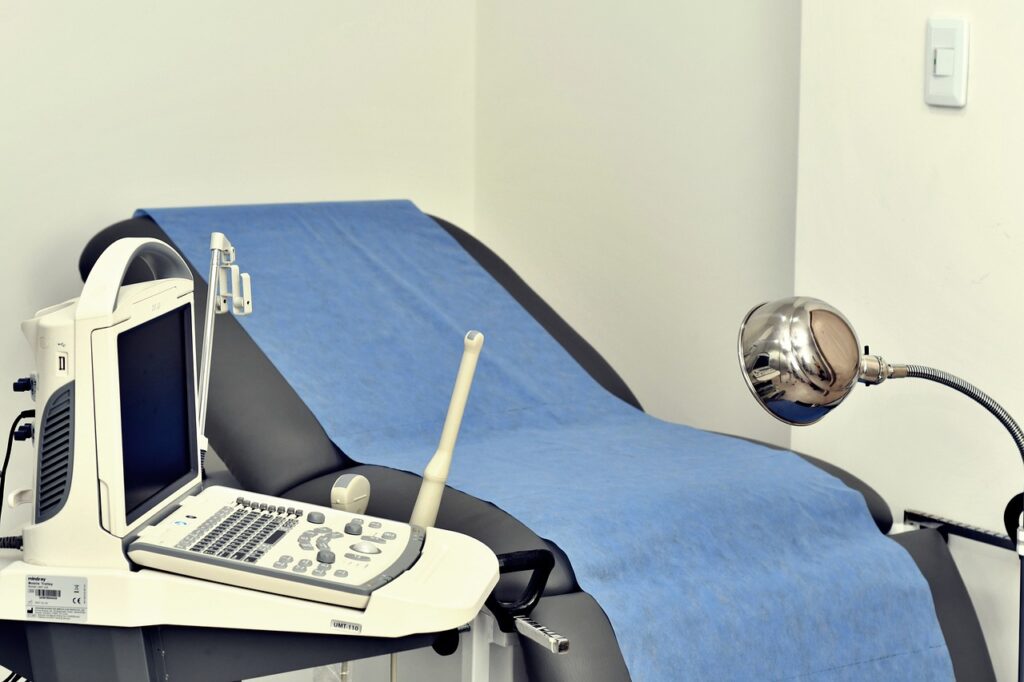The Paragard IUD is a nonhormonal IUD form of birth control known as an intrauterine device. Copper, specifically copper wire, is its sole active component. This contraception method can remain in the uterus for up to 10 years. Paragard IUD complications include vaginal bleeding, extended or intensified menstrual cycles, and discomfort in the lower back.
The Paragard IUD is the only nonhormonal IUD accessible in the United States. It has been offered since 1984. Cooper Surgical, the company responsible for manufacturing the copper intrauterine device, states that Paragard has showcased its safety and efficacy ever since it was first introduced.
Cooper Surgical promotes this medical device as an easy-to-use birth control solution that boasts over 99 percent effectiveness. Upon insertion into the uterine cavity, the Paragard device is effective for up to 10 years, and can undergo removal whenever a woman decides to get pregnant.
According to several health care providers, including organizations like the Mayo Clinic and Cleveland Clinic, many insurance policies cover Paragard, making it available at minimal or no direct expense for individuals.
Fact: The Paragard IUD is manufactured in the United States. The device’s removal strings are individually attached to each Paragard device.
How Does Paragard Work?
The Paragard IUD is a compact, bendable, t-structured device that has copper wire wrapped around it. The stem of the intrauterine device is roughly 1.42 inches in height, and spans about 1.26 inches. It comes with strings for easy removal.
Differing from other IUDs, like the Mirena IUD, the Paragard copper IUD lacks hormones. It doesn’t halt ovulation or interrupt a woman’s menstrual cycle. Instead, it uses copper as its primary birth control method.
When positioned within the uterine cavity, the copper on the Paragard device disrupts the movement of sperm, preventing the fertilization of the egg. Additionally, it can deter the egg from attaching to the uterus, a process known as implantation.

Paragard Insertion and Removal
The insertion and removal of the Paragard IUD does not require surgery or general anesthesia, though some health care providers may opt for a local anesthetic.
Both procedures are done quickly in a healthcare provider’s office or clinic. Women can typically drive home shortly after the IUD placement or removal process.
Copper IUD Insertion
After examining the uterus, the healthcare provider will clean the cervix and vagina while measuring the uterus.
The health care provider will then prepare the Paragard IUD in a plastic tube for insertion into the uterus. The Paragard device features flexible arms that expand once it’s positioned within the uterus. After insertion, the plastic tube is removed, securing the Paragard IUD in its place.
The provider will then adjust the IUD strings so that it protrudes slightly out of the cervix. These are long enough for a woman to verify that the non hormonal IUD is still in place during a self-assessment.
Some women may feel discomfort during the IUD insertion process. Potential complications include a pinching sensation, cramping, nausea, feelings of light-headedness, and dizziness. While most of these symptoms disappear shortly after insertion, cramping could persist for several hours to several days.
Copper IUD Removal
Paragard IUD removal is a very quick procedure that is performed in a healthcare provider’s office. The provider will use a tool to grab the visible strings, and delicately draw them out. The Paragard device’s arms will retract during the removal, allowing it to be safely removed from the uterus.
Some women may experience momentary discomfort during the removal process. Potential complications include feelings of dizziness, vaginal bleeding, a slower heartbeat, and, rarely seizures. On rare occasions, the Paragard device might become embedded, necessitating a surgical procedure to complete the removal process.

Paragard IUD Side Effects
The Paragard IUD is a nonhormonal IUD that uses copper as its primary component, so it doesn’t lead to weight gain like many other IUDs, including the Mirena IUD. Paragard is typically safe for most women, but it does come with a few side effects.
Common Paragard IUD side effects include:
- Abdominal cramping
- Discomfort during intimate activities
- Extended or more substantial menstrual cycles
- General pain
- Intensified painful menstrual cycles
- Lower back discomfort
- Partial or full device expulsion from the uterine cavity
- Reduced red blood cell count or anemia
- Heavy bleeding between menstrual cycles
- Vaginal inflammation
Paragard Complications
Most Paragard IUD complication are mild. However, on rare occasions, serious issues can arise. These can include acute infections, ectopic pregnancy, piercing or embedding within the uterine cavity, pelvic inflammatory disease, and septic abortion.
The Paragard copper IUD isn’t suitable for every woman. It is not recommended to use Paragard if you’re susceptible to vaginal infections, suffer from pelvic inflammatory disease, suspect you have cancer, or have allergies to copper or any other materials in the intrauterine device.
Though Paragard incorporates copper as a central component, there isn’t substantial evidence to indicate it leads to copper toxicity or poisoning.
Paragard Lawsuits
Women have filed Paragard lawsuits because there have been instances where the Paragard IUD broke during the removal process, leading to complications like discomfort, perforation within the uterus or cervix, and infertility issues. A significant number of women have had to undergo surgical procedures to remove the fragmented pieces.
The plaintiffs contend that Cooper Surgical did not adequately warn them about the potential complications during the removal process. The Paragard IUD lawsuits further state that the Paragard IUD is a defective medical device.
In response to these lawsuits, the Judicial Panel on Multidistrict Litigation chose to combine many of the lawsuits, placing them under the jurisdiction of Judge Leigh Martin May in the Northern District of Georgia. Proceedings commenced in December 2020.
References
- https://14wub23xi2gmhufxjmvfmt1d-wpengine.netdna-ssl.com/wp-content/uploads/2018/10/PARAGARD-PI.pdf
- https://www.jpml.uscourts.gov/sites/jpml/files/MDL-2974-Transfer%20Order-12-20.pdf
- https://www.paragard.com/what-is-paragard/
- https://www.plannedparenthood.org/learn/birth-control/iud/how-can-i-get-an-iud
